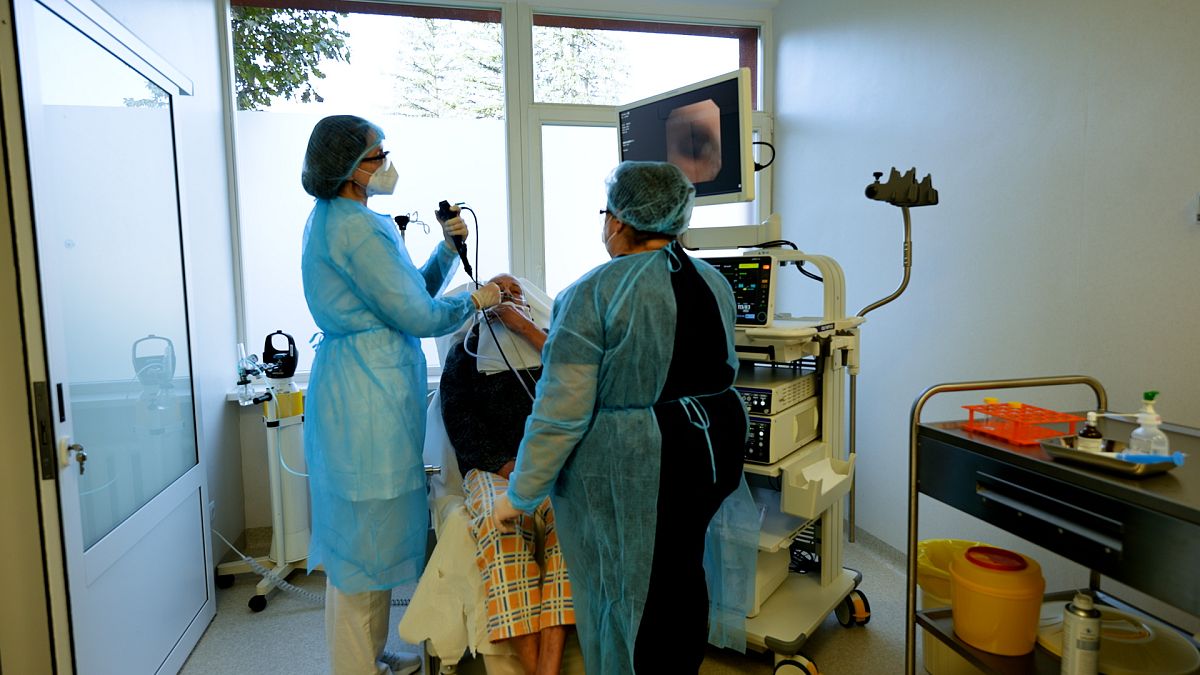Tuberculosis is one of the most deadly diseases, affecting almost 11 million people worldwide. Lithuania is one of the worst affected countries in Europe, with 23 cases per 100,000 inhabitants, compared with just seven cases in France. This…
Author: admin
-

S&P Global Adds Robert Moritz to its Board of Directors
NEW YORK, Nov. 10, 2025 /PRNewswire/ — S&P Global (NYSE: SPGI) announced today that its Board of Directors has approved the addition of Mr. Robert Moritz to the Board, effective March 1, 2026.
Mr. Moritz has more than four decades of global leadership experience specifically in audit and assurance in the financial services, banking sectors and capital markets. Most recently, Mr. Moritz served as global Chairman of PricewaterhouseCoopers LLC (PwC) where he led the company’s global leadership teams – setting strategy and elevating PwC’s brand among its clients and stakeholders.
Mr. Moritz is currently a member of Walmart’s Board of Directors, where he sits on the retailer’s audit and technology and e-commerce committees, and Northern Trust Corporation, as a member of the audit and human capital and compensation committees. In addition, he holds several not-for-profit Board seats, including at SUNY-Oswego College Foundation, his alma mater.
“We’re thrilled to welcome Bob to our Board,” said Martina L. Cheung, President and CEO, S&P Global. “He brings extensive global experience and unique perspectives on the opportunities and risks facing global companies in today’s fast-paced environment.”
“We’re delighted that Bob will be joining our Board,” said Ian P. Livingston, Non-Executive Chairman of the Board of S&P Global. “His experience as a global financial services industry leader will be extremely valuable in helping S&P Global to manage the opportunities and challenges that lie ahead and the evolving needs of our clients.”
“It’s a privilege to serve on the Board of a company that has built a trusted reputation in global markets anchored on integrity and independence,” said Bob Moritz. “I’m excited to collaborate with my fellow Board members, supporting Martina and S&P Global’s leaders as the company moves into its next phase of growth.”
Mr. Moritz will serve on the S&P Global Board’s Audit and Nominating and Corporate Governance committees.
About S&P Global
S&P Global (NYSE: SPGI) provides Essential Intelligence. We enable governments, businesses and individuals with the right data, expertise and connected technology so that they can make decisions with conviction. From helping our customers assess new investments to guiding them through sustainability and energy transition across supply chains, we unlock new opportunities, solve challenges and Accelerate Progress for the world.
We are widely sought after by many of the world’s leading organizations to provide credit ratings, benchmarks, analytics and workflow solutions in the global capital, commodity, and automotive markets. With every one of our offerings, we help the world’s leading organizations plan for tomorrow and today. For more information, visit www.spglobal.com.
Investor Contact:
Mark Grant
Senior Vice President, Investor Relations and Treasurer
+1 347-640-1521
[email protected]Media Contact:
April Kabahar
Global Head of Corporate Communications
+1 917-796-3121
[email protected]SOURCE S&P Global
Continue Reading
-
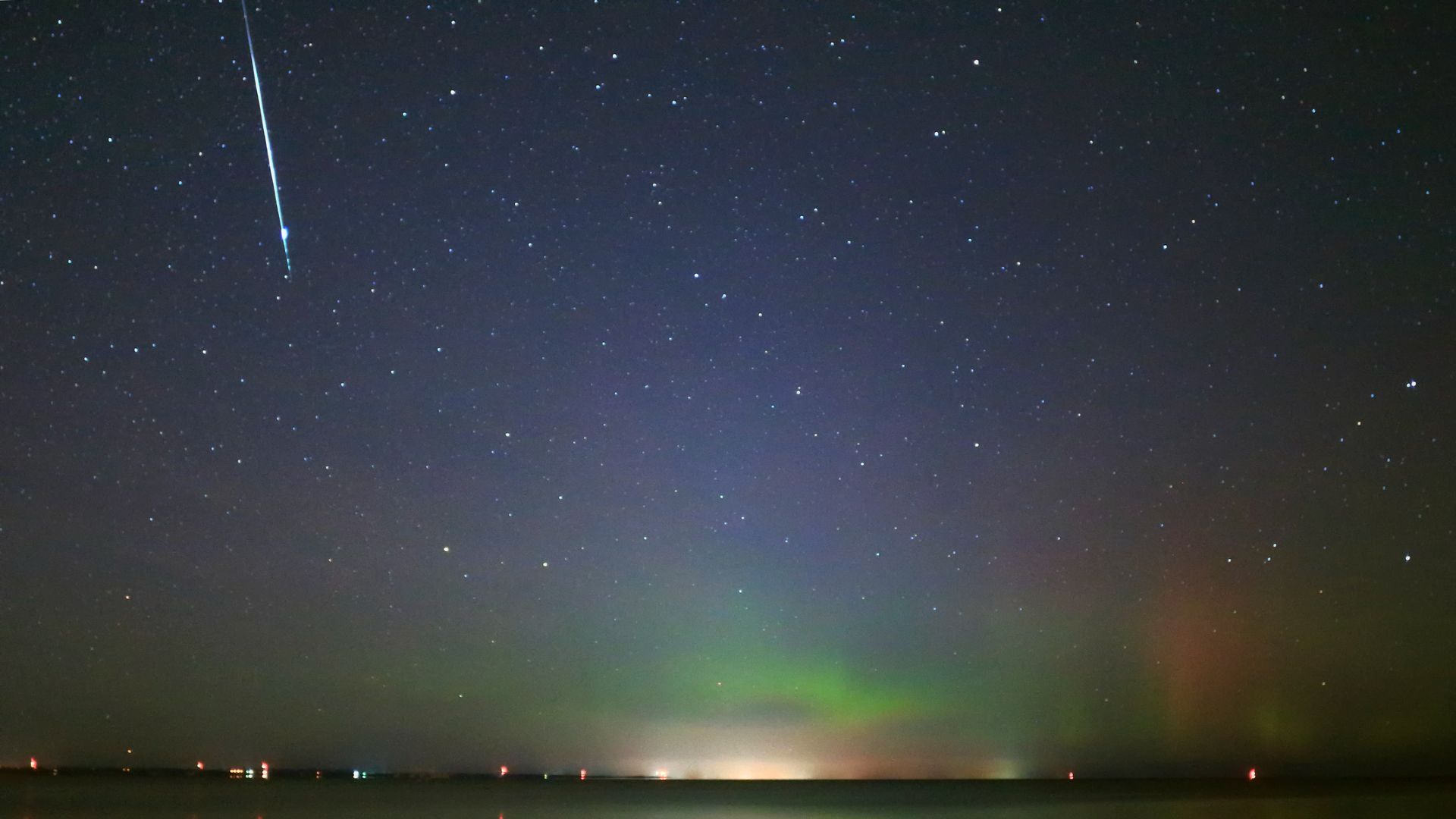
The Taurid meteor shower could put on its best show this week — keep your eyes peeled for fireballs
If the skies are clear these next few nights, take a few moments to look up. You just might be lucky and catch a glimpse of a spectacularly bright meteor — a Taurid meteor streaking across the sky.
While most meteor shower displays last about a…
Continue Reading
-

Genomic characterization of a fluoroquinolone intermediate resistance
Introduction
Herbaspirillum species are non-fermenting, microaerophilic, motile, Gram-negative bacilli belonging to the class Betaproteobacteria.1–3 While commonly found in environmental reservoirs such as soil and water, these organisms are…
Continue Reading
-
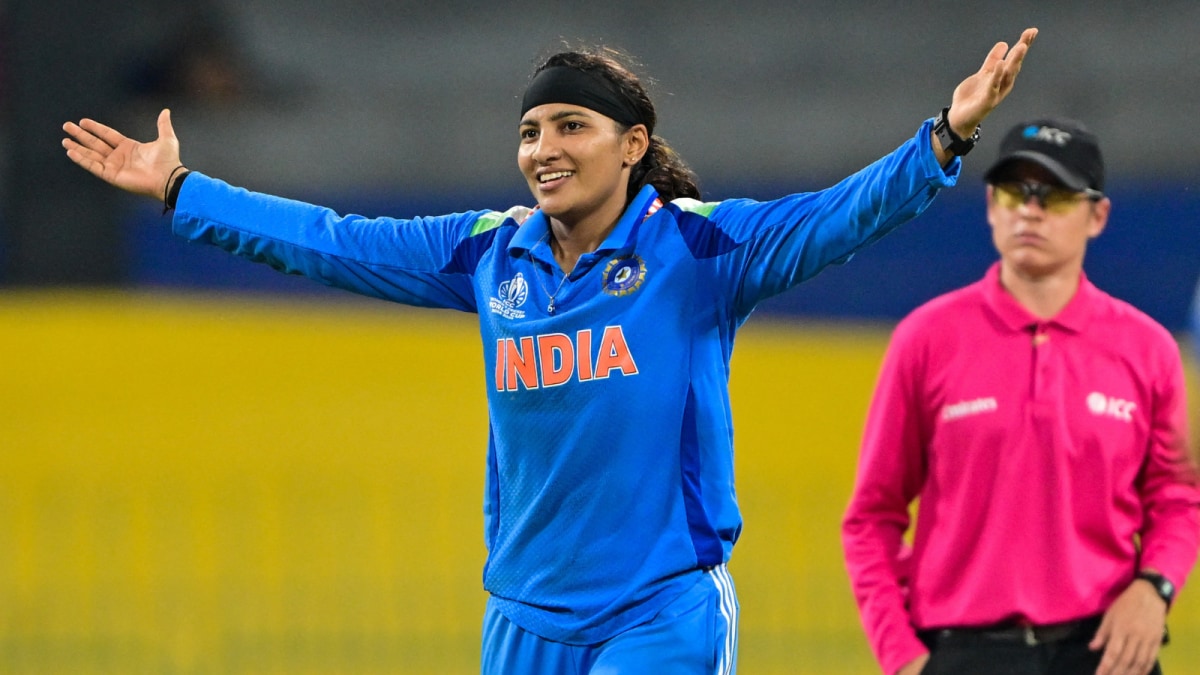
Sneh Rana Turns Trolls Into Fans: ‘Wo Dil Se Humein Pyaar Hi Karte Hain’ | Exclusive | Cricket News
Last Updated:
Sneh Rana speaks to News18 CricketNext about India’s 2025 World Cup win, the trolls who expressed their ‘love’ with vile anger after the England loss, her comeback and more.
News18
There’s criticism,…
Continue Reading
-

McLaren Racing signs Matteo De Palo to its Driver Development Programme and shares additional updates
McLaren Racing today announced that Matteo De Palo has joined the McLaren Driver Development Programme, adding to its stable of young talent.
Matteo, 18 years old, started karting in 2016, progressing through junior karting series with success…
Continue Reading
-

RASA1 expression highlights Z/W dosage dynamics and gonadal development in chickens | BMC Genomics
Characterization of mRNA Sequences and Expression of RASA1 in Chicken Embryonic Tissues at E6 and E12
The RASA1 gene is present on both the Z and W sex chromosomes in chickens, referred to as RASA1-Z and RASA1-W, respectively. According to the…
Continue Reading
-
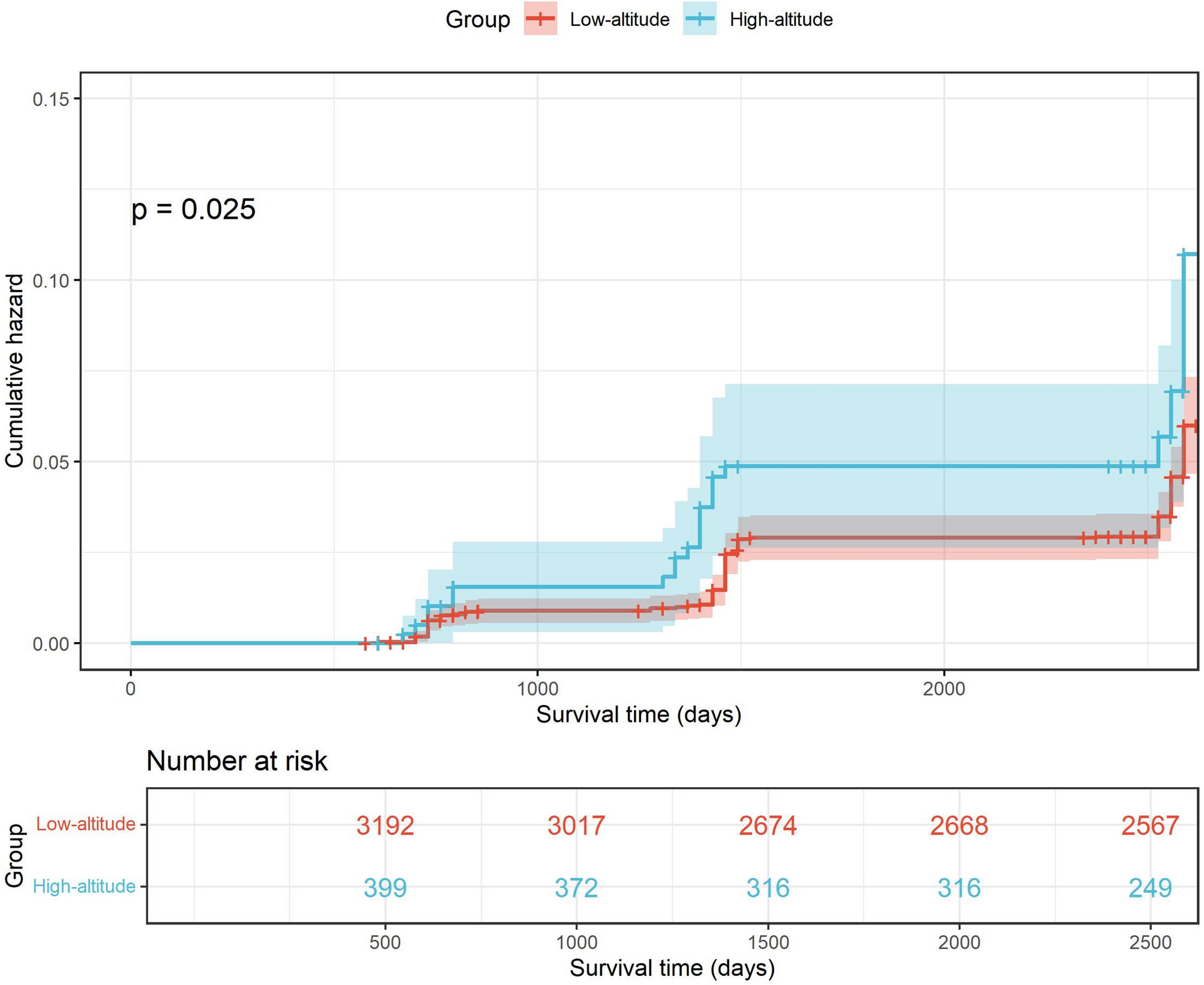
Exposure to high altitude is associated with an elevated risk of hip fracture: a retrospective cohort study using data from the CHARLS | BMC Geriatrics
Study population and dataset
The CHARLS is a prospective national cohort study that enrolled 17,708 participants in 2011, and three waves of follow-up were conducted in 2013, 2015, and 2018. Participants were randomly selected using a probability-proportional-to-size (PPS) technique and a four-stage random sample method. The workgroup selected 150 counties in 28 provinces. Administrative villages in rural areas and neighborhoods in urban areas were the primary sampling units (PSUs). Three PSUs within each county-level unit were selected using PPS sampling. Detailed information on the methodology and cohort profile has been reported previously [11].
We collected data on participants enrolled in the baseline investigation who attended all three follow-up investigations and aged above 60 years old. Those with a history of cancer were excluded because the progression and treatment of cancer affect multiple organs and systems throughout the body; this aspect could have introduced substantial bias into our study. During the data cleaning process, we identified participants with implausible data regarding body weight and height, specifically heights less than 100 cm or weights less than 20 kg. These values were considered erroneous owing to likely data entry mistakes; therefore, participants with an abnormal body mass index (BMI) (BMI < 10 or BMI > 60) in the baseline investigation were excluded.
Altitude data acquisition
The participants’ place of residence was determined by their community ID. The latitude and longitude were acquired through amap api (https://restapi.amap.comv3/geocode), and the local altitude was acquired based on the latitude and longitude using geodata (version 0.5-8) [12] packages and the raster package (version 3.6–23) [13]. Participants were stratified into a low-altitude or high-altitude group based on a criterion of 1500 m, which was used in previous studies [14].
Variable collection
The primary outcome was hip fractures reported by the participants, which was defined by their answer to the question, “Have you fractured your hip since the last interview?” Participants choosing “yes” were considered to have experienced a hip fracture, and the time point the investigation occurred was recorded as the time the event happened.
Individual income, marital status, medical history, sex, BMI, smoking status, alcohol consumption, and age were selected as covariates for propensity score matching (PSM). Individual income was acquired from harmonized CHARLS data and evenly divided into five groups. Educational status was retrieved from the answer to the question: “What is the highest level of education completed?” and re-coded into preschool, primary, secondary, and higher education. Marital status was retrieved from the answer to the question: “What is your marital status?” and re-coded as unmarried, married, widowed, divorced (or long-term separation). History of stroke, cardiovascular dysfunction, falls, hip fractures, chronic lung diseases, and arthritis were retrieved from the answer to the question: “Have you been diagnosed with any of the following by a doctor?” The presence of specific diseases was determined based on whether the participant selected “Yes” to the following conditions: (1) “Chronic lung diseases, such as chronic bronchitis and emphysema (excluding tumors or cancer),” (2) “Heart attack, coronary heart disease, angina, congestive heart failure, or other heart problems,” (3) “Stroke,” and (4) “Arthritis or rheumatism.” BMI was calculated using the following formula: BMI (kg/m[2]) = body weight (kg)/body height (m)2.
Propensity score matching
Individual income, marital status, medical history, sex, BMI, smoking status, alcohol consumption, and age were selected for PSM. A general linear model was used to calculate the distance, and the nearest method was used for matching with a matching ratio of 1:8 (high altitude: low altitude). After matching, a balance test was performed to evaluate the imbalance between the two groups in the matched data. The MatchIt package [15] was used for matching, and the Cobalt package [16] was used for the balanced test and plotting.
Statistical analysis
Categorical variables are shown as counts (percentages, %), and continuous variables are shown as mean ± SD. To compare the differences in baseline data between the two groups, chi-square and t-tests were used for categorical and continuous variables, respectively. Kaplan–Meier survival analysis and Cox regression were used to compare the differences between the two groups regarding fall and hip fracture risks.
Subgroup analysis was performed, and the participants were divided into subgroups according to sex, smoking history, and overweight status. The effects of high-altitude exposure on fall and hip fracture risks in different subgroups were evaluated using Cox regression analysis.
To test the robustness of our results, we performed different sensitivity analyses as follows: (1) We randomly sampled 80% and 90% of all participants, respectively, and replicated the previously described analysis workflow. (2) Using optimal matching as the PSM method and a matching ratio of 1:8, we replicated the previously described analysis workflow. (3) Cox regression was performed with and without adjustments for covariates without matching the participants.
All analyses were performed using R (version 4.3.1). The survival analysis was performed using the survival package (version 3.5-5) [17] and visualized using the Survminer package (version 0.4.9) [18]. The comparison of baseline characteristics and the generation of tables was performed using the gtsummary package (version 1.7.2) [19].
Continue Reading
-
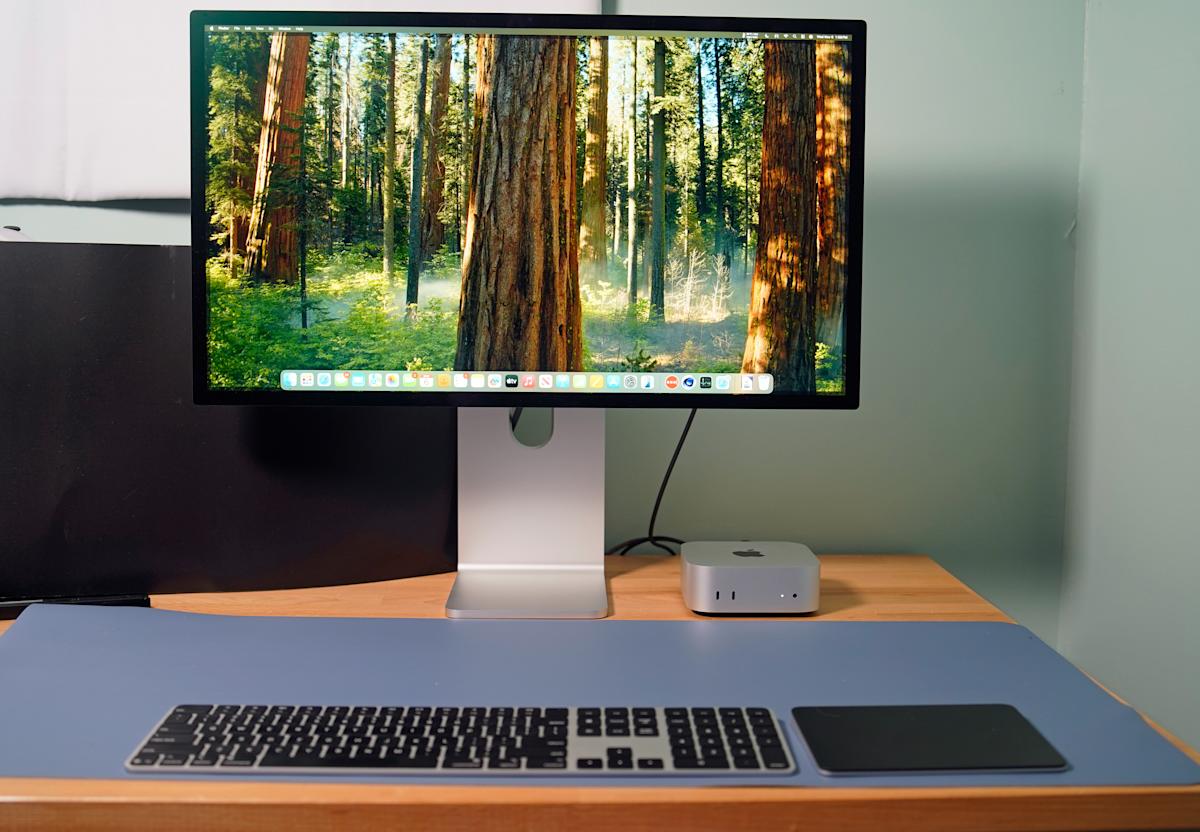
Black Friday Apple deals include the Mac mini M4 for $100 off
It’s a good idea to look for Black Friday Apple deals this time of year if you’re thinking about upgrading an aging laptop or picking up a pair of AirPods or an Apple Watch as a gift. One of the best discounts we’re tracking at the moment is on…
Continue Reading
-
“Dueling Dinosaurs” Fossil Solves One of Paleontology’s Biggest Debates – SciTechDaily
- “Dueling Dinosaurs” Fossil Solves One of Paleontology’s Biggest Debates SciTechDaily
- Decades old T. rex debate ends with stunning discovery The Brighter Side of News
- Burpee Museum’s ‘Jane’ could be an entirely new species of…
Continue Reading
